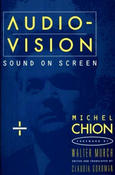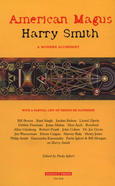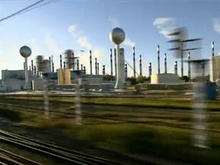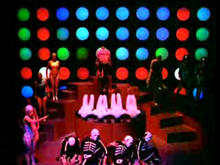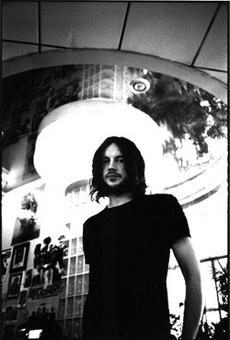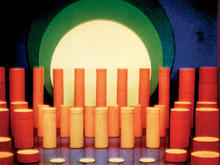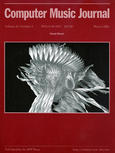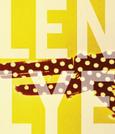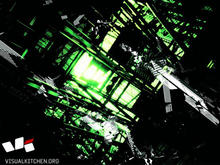Michel Gondry
(*1963) is a French film, commercial and music video director and an Academy Award-winning screenwriter. He is noted for his inventive visual style and manipulation of mise en scène.
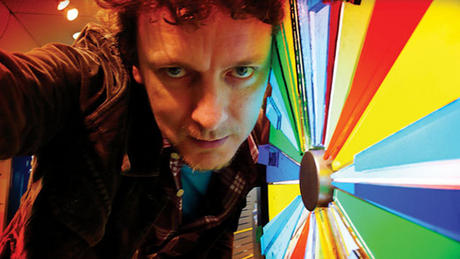
Michel Gondry's career as a filmmaker began with creating music videos for the French rock band Oui Oui, in which he also served as a drummer. The style of his videos for Oui Oui caught the attention of music artist Björk, who asked him to direct the video for her song Human Behaviour. The collaboration proved long-lasting, with Gondry directing a total of seven music videos for Björk. Other artists who have collaborated with Gondry on more than one occasion include Daft Punk, The White Stripes, The Chemical Brothers, The Vines, Steriogram, Radiohead, and Beck. Gondry has also created numerous television commercials.
Gondry, along with directors Spike Jonze and David Fincher, is representative of the influx of music video directors into feature film. Gondry made his feature film debut in 2001 with Human Nature, garnering mixed reviews. His second film, Eternal Sunshine of the Spotless Mind (also his second collaboration with screenwriter Charlie Kaufman), was released in 2004 and received very favorable reviews, becoming one of the most critically acclaimed films of the year. Eternal Sunshine utilizes many of the image manipulation techniques that Gondry had experimented with in his music videos. Gondry won an Academy Award alongside Kaufman and Pierre Bismuth for the screenplay of Eternal Sunshine. The style of Gondry's music videos often relies on videography and camera tricks which play with frames of reference.
Source: Wikipedia

